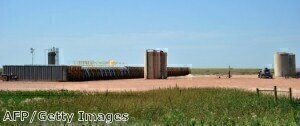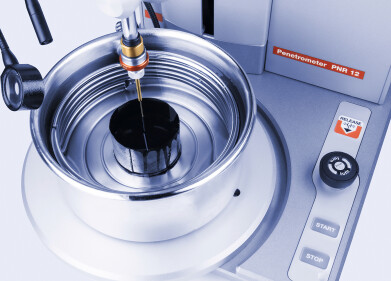Measurement and testing
Novel Half-Inch Needle Valve Boosts Reliability In Viscous And Contaminated Media Applications
Feb 09 2010
A novel new half-inch (12.7 mm) bore instrumentation needle valve gives plant engineers the means to improve reliability, and save both money and space, in process and instrumentation applications involving viscous and contaminated media. Today, such applications are often implemented using much larger and more expensive piping valves.
Believed to be the first of its type on the market, the half-inch needle valve has been developed by the instrumentation products division of Parker Hannifin (UK). Parker’s new H-series needle valve is available in two forms: as either a discrete hand valve for controlling media flow, or integrated into a monoflange-style manifold for the safe ’double-block-and-bleed’ connection of instruments to process lines.
The large flow path of the half-inch H-series needle valve makes it much less prone to blockages or related problems when dealing with viscous and contaminated media. Such issues can lead to measurement errors, necessitating costly maintenance or even process shutdown while problems are fixed. The new valve also offers a metal-to-metal seal. This provides a bubble-tight shut-off mechanism and operation over a very wide temperature range of -55 to +538oC in its standard stainless steel form.
The H-series valve has a bore size of 1/2 inch/12.7 mm, with a Cv value of 2.6. In its standard form the valve is fabricated from 316 stainless steel, and is rated for operation at pressures up to 6,000 PSIG (414 barg). The metal to metal sealing of the new valve also meets the firesafe requirements of ISO 10497 (the international equivalent to the API 607 and BS6755 Part 2 standards).
The valve design can help process engineers achieve new levels of compactness and performance in a wide range of process and instrumentation applications involving difficult media. These applications include level measurement in refineries, chemical injection, gas lines that are prone to hydrate formation, and process lines carrying dangerous gases. The monoflange variant in particular extends application potential, as these space-saving manifolds are often favoured in sensitive applications such as skids for oil and gas platforms. By extending the bore size of monoflange needle valves to half an inch, engineers can now employ monoflange form-factor manifolds on skids handling liquid or gas media that are prone to hydrate deposition - saving considerable weight and size compared with conventional double-block-and-bleed manifolds.
Digital Edition
PIN 25.6 Buyers' Guide
January 2025
Buyers' Guide Directory - Product Listings by Category - Suppliers Listings (A-Z) Articles Analytical Instrumentation - ASTM D7042: The Quantum Leap in Viscosity Testing Technology -...
View all digital editions
Events
Jan 20 2025 San Diego, CA, USA
Jan 22 2025 Tokyo, Japan
Jan 25 2025 San Diego, CA, USA
SPE Hydraulic Fracturing Technology Conference and Exhibition
Feb 04 2025 The Woodlands, TX, USA
Feb 05 2025 Guangzhou, China



















